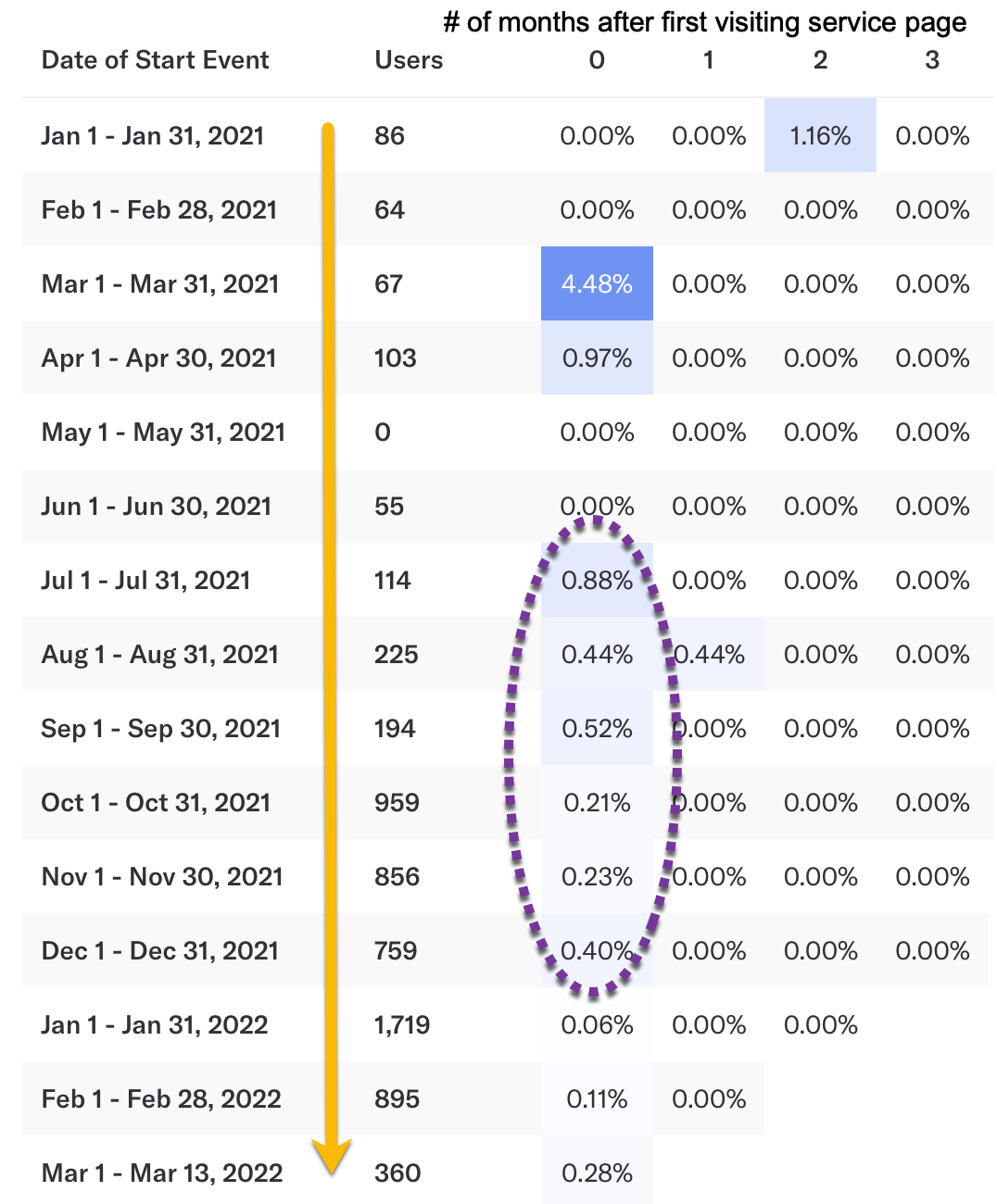
Simple Way to Identify Qualified Visits to Your Website
The term "Qualified Visits" is a word thrown around a lot by marketers. However, it has to be defined by you and your business.
What Qualified Visits mean
To give you a better sense of what it would mean to you and your business in marketing analytics, qualified visitors are site visitors you identified as your audience or people visiting your website who will buy from you.
Qualified visits to your website could mean differently depending on your role and how you define your site's business objectives and goals.
For example, if you're a webmaster, your qualified visitors could mean those who didn't hit the error pages and instead successfully visited the product page.
If you're a marketing manager focused on customer acquisition, people who visit your website and take action, like signing up for a newsletter, could mean qualified visits.
If you're a B2B demand generation manager, those who visit the website that becomes a lead could mean qualified visits. The qualified lead for marketers to pass on to sales could be marketing qualified leads.
How to measure qualified website visits
Let's look at how you would assess and analyze that qualified visits and measure the visitors to your website.
1) Create a visitor segmentation on your analytics tools. First, you need to understand what makes your traffic qualified and come up with a business rule that is representable in your analytics platform so you can bucket those visitors into specific segments.
2) Define a time frame for your data. It is important to gauge your qualified traffic trend against different seasons, campaign period, promotional timing, etc. The trend in both raw values of your qualified traffic and the percentage of qualified traffic against different time frames will better understand the traffic trends.
3) Take the ratio between qualified visitors to overall site visitors—relative to your overall site visits, what percentage of them are qualified according to your segmentation you defined as qualified.
So eventually, if you successfully segment your traffic and capture all the necessary data, you'll be able to arrive at a chart like this. (This chart is based on some dummy data for demonstration purposes)

In this case, it looks like the site acquired higher qualified traffic around the summer. Setting up a benchmark around the overall average would be great to see if the site is acquiring qualified traffic during a specific month.
Also, if you can call out the marketing initiatives, you could probably contribute your efforts against the acquisition of your qualified traffic as well.
Following example data is from Heap, and it is reporting number users first seen in a given month, and the number of users are growing. In addition, of those who have visited the serviced page in that month, the conversion to contact submission has become consistent.
With this data, marketers can now filter down the report to see if any specific marketing campaign has contributed to that user growth and conversion growth.

Now, most marketers will track sales or desirable business outcomes. Businesses need to make sure that the marketing investments translate to sales or positive ROI. So understanding what segments convert is another signal in analytics you can use to build out the rules that you can apply to track and measure qualified visitors.
So this was a quick and simple method to gauge and assess your site visitors who fall under your "Qualified Visits" rule.
Thank you so much for taking the time to read my content. If you've liked what I've had to say please subscribe!
Join the Marketing Analyst Collective
This Collective will personally match talented marketers with data acumen to high-growth, high-upside opportunities at some of the most exciting companies.
Join & Get HiredZoomMetrix Newsletter
Join the newsletter to receive the latest updates in your inbox.